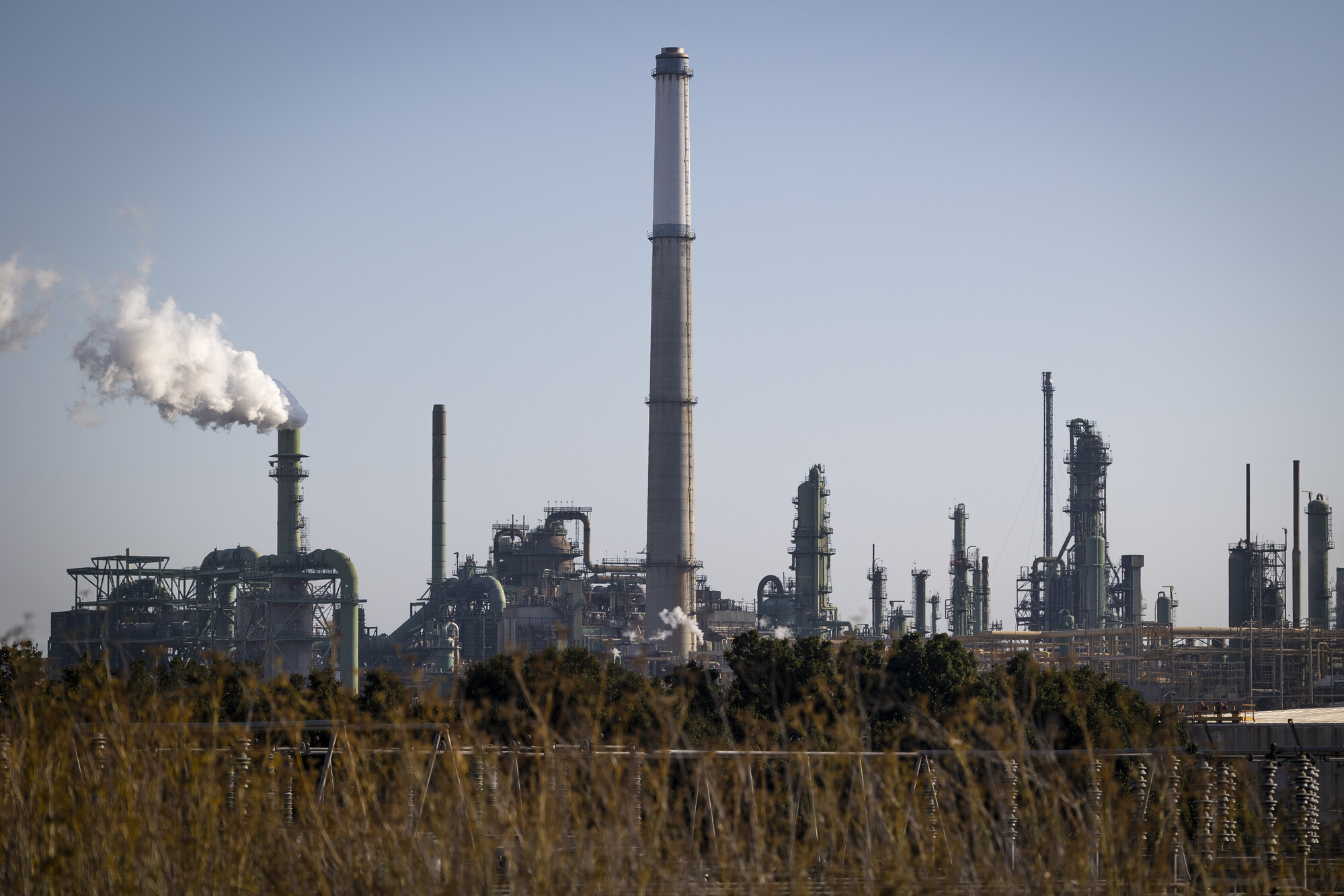
"Climate-fueled costs have injected a new dynamic into negotiations over extending cap-and-trade before the legislative session ends Sept. 12. The program raises billions of dollars every year from polluters, and Gov. Gavin Newsom and state lawmakers are debating ways to use that money to lower the costs of a warming state and follow through on their post-election promises to prioritize affordability."
"An analysis from the California Energy Commission found that average residential electricity rates spiked in the years after the 2017 wildfires. California now has the second-highest electricity rates in the nation. The auctions for pollution allowances have brought in $31.4 billion since they began in 2012. The expansion would be funded by reducing the allowances the state currently grants to natural gas providers and giving them instead to electric utilities."
California faces rising climate-driven costs that have altered cap-and-trade reauthorization negotiations. Intense wildfires increased residential electricity rates and home insurance costs, contributing to California now having the nation's second-highest electricity rates. Cap-and-trade auctions have generated $31.4 billion since 2012 and raise $4 billion to $5 billion annually for the Greenhouse Gas Reduction Fund. Lawmakers and Governor Gavin Newsom are debating reallocating allowances from natural gas providers to electric utilities and targeting funds to lower climate-related costs and boost affordability. Senate Bill 254 would shift cooling credits into warmer months and increase payments to low-income households.
Read at Kqed
Unable to calculate read time
Collection
[
|
...
]